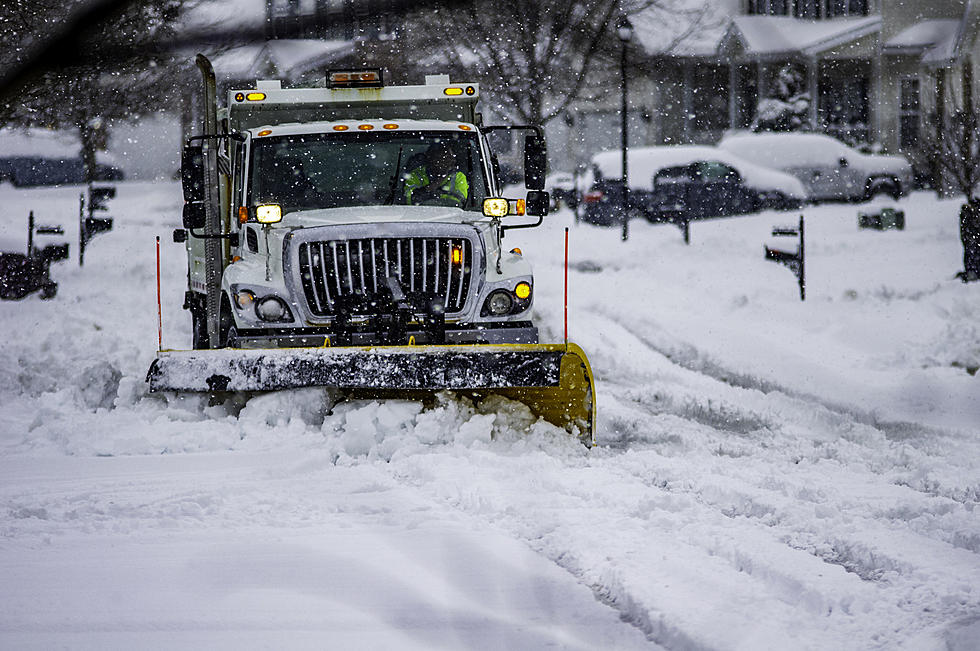
Hudson Valley Forecasters Say Weekend Snow Could Be Precursor to Nor’easter by Next Week
While most of the winter remained mild with little snowfall across the Hudson Valley, it appears we could be making up for it in the month of March.
Meteorologists are tracking two storm systems that will affect the Hudson Valley into early next week. And while we are anticipating a few inches of snow over most of the Hudson Valley by early Saturday, could a potential Nor'easter develop by late Monday?
See Also: What's the Coldest Temperature Ever Recorded In the Hudson Valley?
Or maybe these storms will miss us for the most part?
Snow Arrives in the Hudson Valley
Hudson Valley Weather says that snow will begin by Friday afternoon and pick up by sunset. As of now, the forecast remains a bit tricky. HVW says that such factors like the timing of storm, and the amount of moisture available will determine the snowfall totals. Most of the Hudson Valley is forecasted to only receive around 1 to 4 inches, though parts of Orange and Sullivan counties could see up to 6 inches.
The Weather Channel says that highs Sunday should rise to the mid to upper 40s, which will melt a lot of snow we may get. Monday will bring a chance for rain, with highs around 40. Meteorologists says they're watching for a potential winter storm by late Monday though.
It is still early to tell, and the bulk of the snow could miss most of the area. Or, the Hudson Valley could get its first real significant snow of the 2022/23 winter season.
LOOK: The most extreme temperatures in the history of every state
LOOK: The most expensive weather and climate disasters in recent decades
More From WRRV-WRRB









